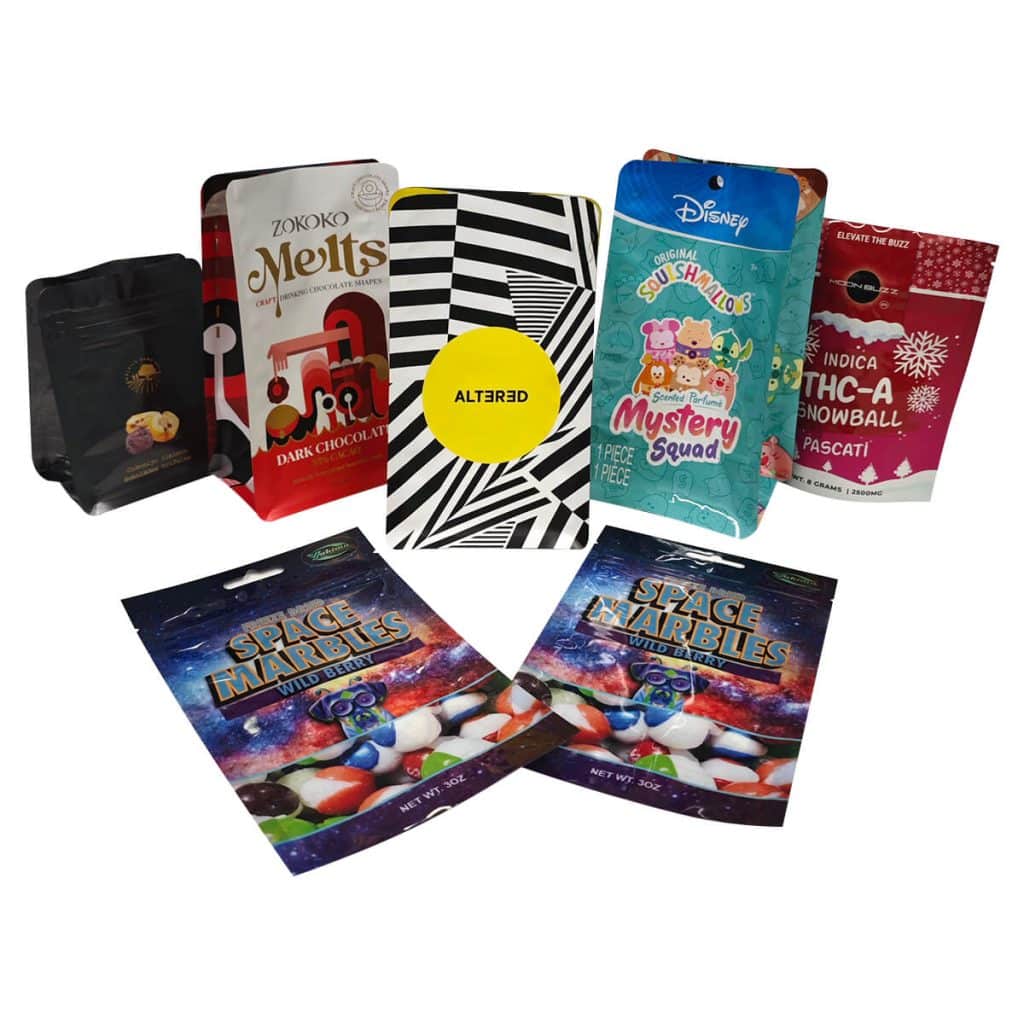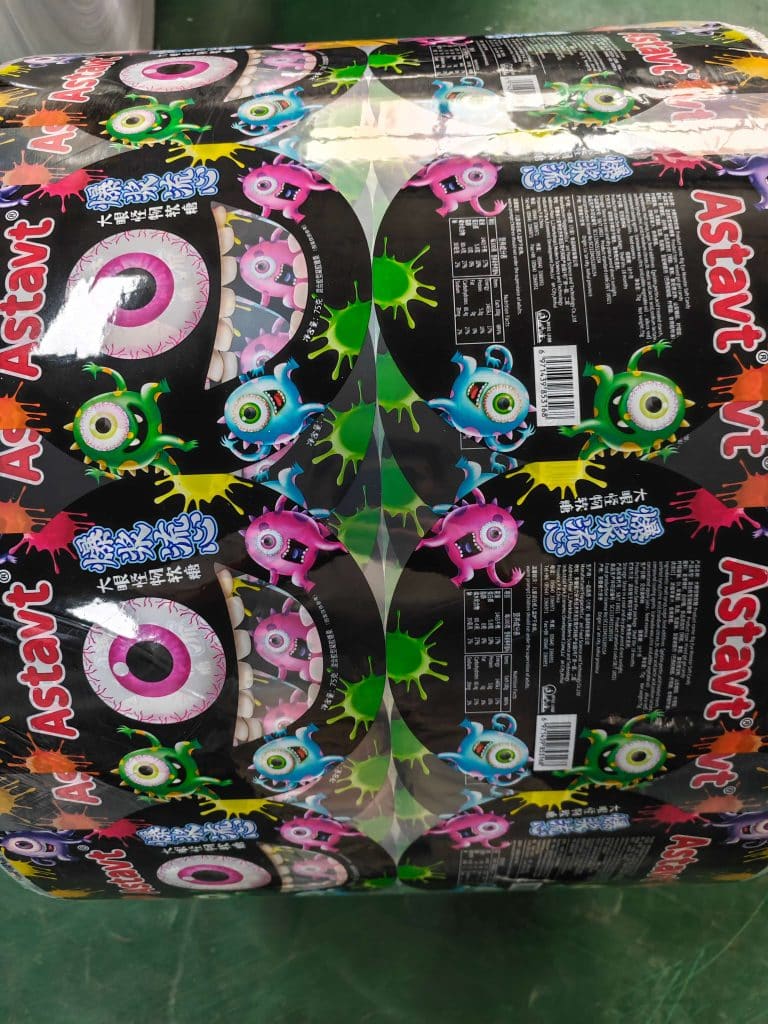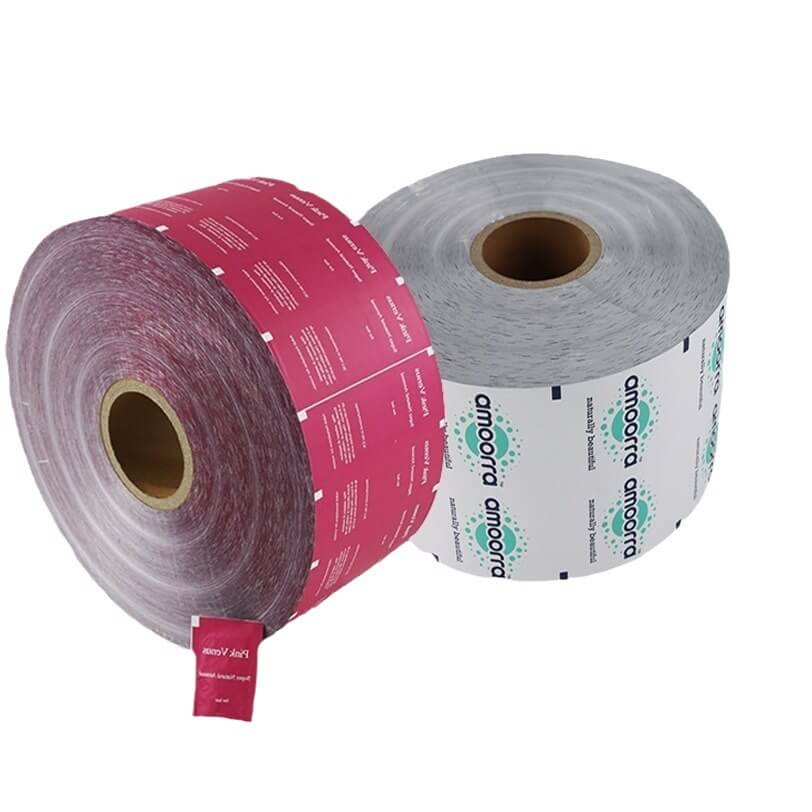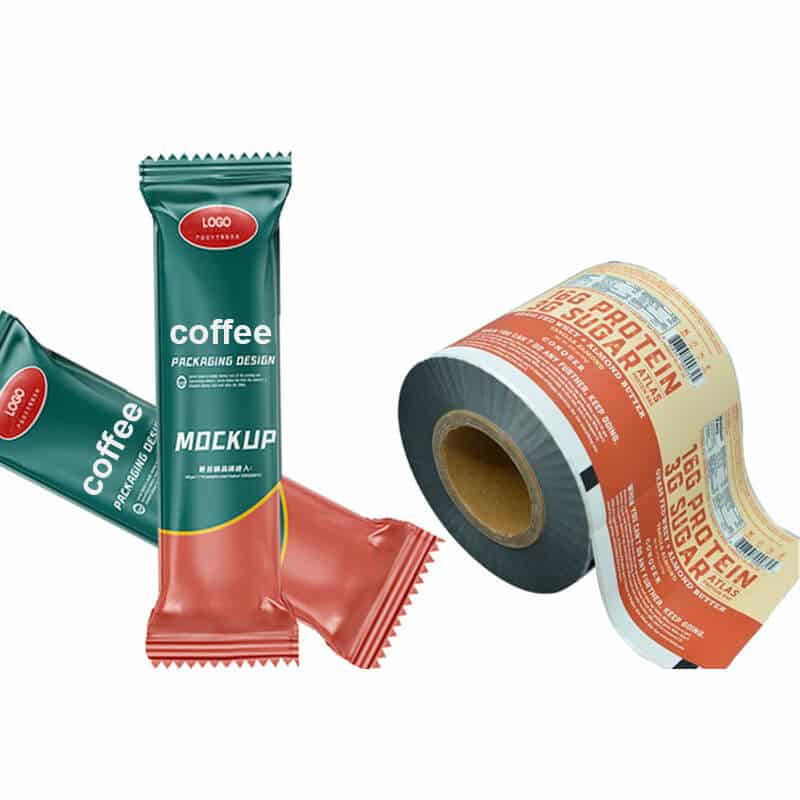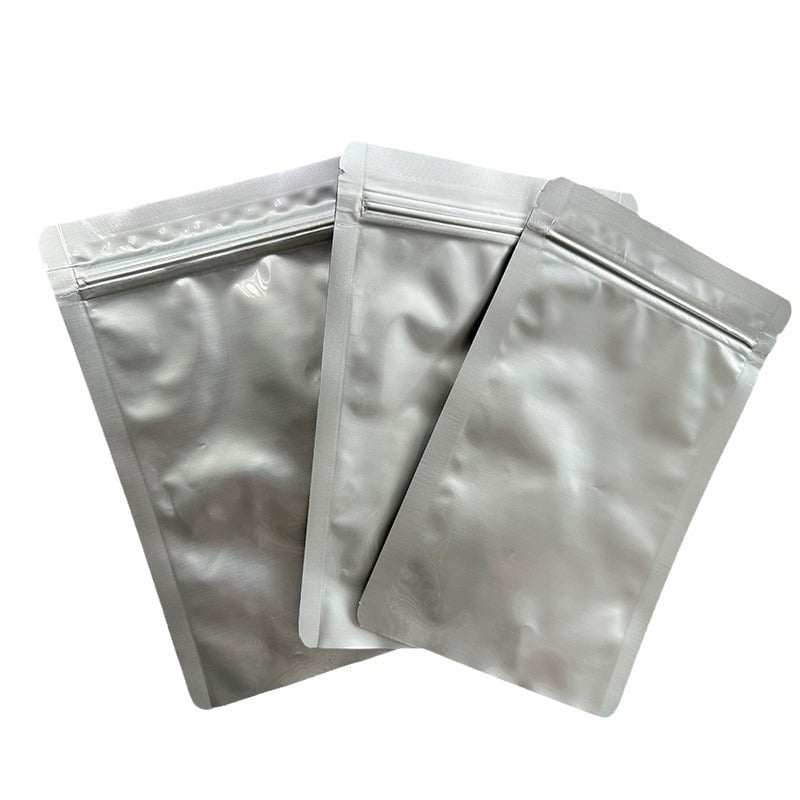How are aluminum foil bags made and produced?
Characteristics of aluminum foil bags
An aluminum foil bag is a kind of packaging bag with a higher grade, which improves the quality of used goods and the display value of goods. It is widely used in food, medical, electronic, and industrial packaging. Using the characteristics of aluminum foil bags to resist high-temperature steaming and shading, they can be made into steaming bags for packaging cooked food and also for packaging small foods such as cookies, snacks, and beverages.

Aluminum foil bag parameters:
Aluminum foil bags are generally divided into pure aluminum bags and aluminized bags, usually made of aluminum foil laminated with unique materials.
Typical structure: PET/AL/PE (three layers), PET/AL/PA/PE (four layers) Thickness: 70~180 microns
Characteristic:
PET – high mechanical strength, good printing effect ( generally does not need surface treatment)
AL – strong barrier, opaque
PA – soft, excellent puncture resistance
PE – standard packaging inner layer, used for heat sealing
Aluminum foil bag customization process:
Step 1: design the artwork. The design of aluminum foil bags is a test for the designers of color printing packaging bags, which also requires clear communication between the customer and our designers to obtain all the design intentions of the customer.
After the customer confirms the pattern, the text, contact information, size, and other information should be carefully confirmed to avoid losses.
The design needs to be modified repeatedly according to the customer’s requirements. If you need the goods urgently, please review the plan as soon as possible.
Step 2: plate making. After the draft of the aluminum foil bag is finalized, professional technicians are needed to color-separate the pattern and repair some dark places.
Our industry is called to do the document, and after making the paper also needs more than ten processes to complete the plate.
Step 3: the printing aluminum foil bags will be printed on the film’s surface layer after the preparation of raw materials using a high-speed printing machine.
Step 4: Peritoneal film, the printed surface film, and easy-to-heat seal the lining film with the particular adhesive special high-speed peritoneal machine for lamination.
Step 5: bag making; at this time, the production of aluminum foil bags has entered the final stage; bag making technician is required to have specific skills to ensure that the aluminum foil bag sealing good not leak, the temperature control of the hot knife has a particular technicality. After inspection by the quality inspector, the product is shipped.
Details of the production of aluminum foil bags:
The choice of spelling width
The more spelling widths, the lower the cost, but choosing the correct specifications according to the equipment can significantly reduce the loss. Adhesive selection: choose an adhesive with high initial adhesion, high solid content, and good infiltration, such as YH2000S and YH501, for high viscosity.
Aluminum foil process notes
1 , The adhesive applied is about 1.5 times the white film. When the printing is entire bottom or printing area is larger, the amount of glue coating should be further expanded.
2, The first lamination is cured for 13 hours before the second lamination, and the product is fixed for 72 hours.
3, the Aluminum foil does not go through the spreading stick or face joint into the composite wheel.
4, Tension control.
5, The oven and compound stick temperature is increased as much as possible.

Factors affecting the quality of aluminum foil bags
The aluminum foil bag has a metallic luster, and the printing color is exquisite and bright, with good insulation and strong protection, with the characteristics of impermeable, impermeable to water.
So what are the factors that affect the quality of aluminum foil bags in the production process?
1, heat sealing time: the standard heat sealing time is 1s; the length of the heat sealing time will affect the strength of the heat seal; for example, under the same heat sealing temperature and pressure, the heat sealing time can make the heat seal more solid and perfect, to achieve the expected heat sealing strength. If the heat sealing time is too short, the heat sealing between the adhesive layer and PVC film will not be sufficient, leading to the product’s defective quality.
2, production process: workshop operators should strictly comply with the process parameters when using adhesives to coat the original aluminum foil surface; the coating film’s quality will directly affect the heat sealing strength of the product.
If the coating speed is too fast, the drying temperature is too high, and the solvent on the surface of the coating film evaporates too quickly, this will lead to residual solvent in the coating film and inadequate drying of the coating film, which will, in turn, affect the heat sealing strength of the aluminum foil bag.
- Adhesive: Adhesive plays a decisive role in the hot air strength of the product. The adhesive contains a particular solvent substance. The adhesive is coated on the negative side of the aluminum foil and dried through the oven to form an adhesive layer, so the choice of adhesive is also critical.
4, control the heat seal: high temperature on the solvent evaporates too quickly, resulting in a residual solvent in the film; the film does not dry sufficiently, and low temperature will make it challenging to combine the adhesive layer with the PVC film.
5, raw materials: In terms of raw materials, aluminum foil is used to combine with the carrier, and its quality will directly affect the heat sealing strength of the product. The surface of aluminum foil cannot have oil, which will affect and weaken the adhesion between adhesive and aluminum foil. The metal composition and the surface of the aluminum foil are not smooth enough, which will also have a significant impact on the quality.
6, Heat sealing pressure: The standard heat sealing pressure is 0.20.2×10pa. If the heat sealing pressure is not enough, the adhesive layer of the aluminum foil bag cannot be completely attached to the PVC film, and a good heat sealing effect cannot be achieved.

